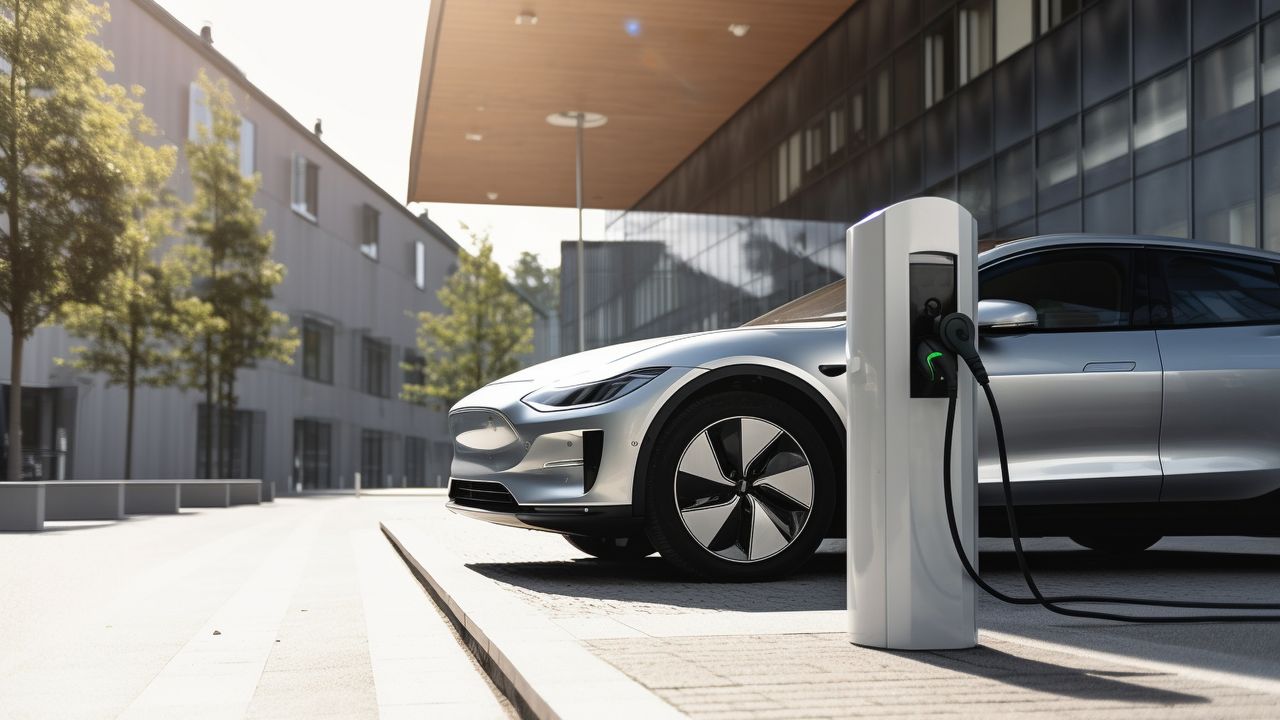EV Charging Station Management: Ensuring Serviceability, Load Management, and Maintenance
Electric vehicles (EVs) are becoming increasingly popular as people embrace sustainable transportation options. With the rise in EV ownership, the need for efficient and well-managed charging stations has become paramount. EV charging station management encompasses various aspects, including serviceability, load management, and maintenance. In this article, we will explore these crucial elements and their significance in ensuring a seamless charging experience for EV owners.
Serviceability: Keeping Charging Stations Up and Running
One of the key factors in managing EV charging stations is ensuring their serviceability. Serviceability refers to the ability of a charging station to function optimally and be readily available for use. To achieve this, regular inspections and maintenance checks are essential.
Regular inspections involve assessing the physical condition of the charging station, including the charging cables, connectors, and any signage or instructions. Any signs of wear and tear should be promptly addressed to prevent potential hazards and ensure user safety. Additionally, routine maintenance tasks such as cleaning the charging station and checking for loose connections can help prevent malfunctions.
Moreover, it is crucial to have a reliable system in place for reporting and addressing any issues that arise. This can involve setting up a dedicated helpline or online platform where users can report problems or request assistance. Prompt response and resolution of reported issues can significantly enhance the serviceability of charging stations.
Load Management: Balancing Demand and Supply
Load management plays a vital role in ensuring that EV charging stations can meet the increasing demand for charging services without overloading the electrical grid. As more EVs hit the roads, it is essential to distribute the charging load intelligently to prevent strain on the grid and minimize the risk of power outages.
To effectively manage the load, charging stations can implement various strategies. One approach is to offer different charging speeds or power levels, allowing users to choose between fast charging or slower, more energy-efficient options. This helps distribute the load based on user preferences and charging requirements.
Another effective load management technique is implementing time-of-use pricing. By offering lower electricity rates during off-peak hours, EV owners are incentivized to charge their vehicles when the demand on the grid is lower. This helps balance the load and ensures a more stable and efficient charging infrastructure.
Maintenance: Ensuring Longevity and Reliability
Maintenance is a critical aspect of EV charging station management. Regular maintenance not only ensures the longevity and reliability of the charging infrastructure but also helps identify and address potential issues before they become major problems.
Charging station maintenance involves various tasks, such as inspecting and cleaning the charging equipment, testing the functionality of connectors and cables, and updating software and firmware. It is also essential to monitor and analyze charging station data to identify any patterns or anomalies that may indicate underlying issues.
Furthermore, establishing partnerships with qualified service providers can greatly simplify the maintenance process. These providers can offer specialized expertise and support in maintaining and repairing charging stations, ensuring that they remain in optimal condition.
Conclusion
Efficient EV charging station management is crucial for providing a seamless charging experience to EV owners. By prioritizing serviceability, load management, and maintenance, charging station operators can ensure that their infrastructure remains reliable, safe, and capable of meeting the growing demand for EV charging services. Embracing these practices will contribute to the widespread adoption of electric vehicles and the creation of a sustainable transportation ecosystem.
